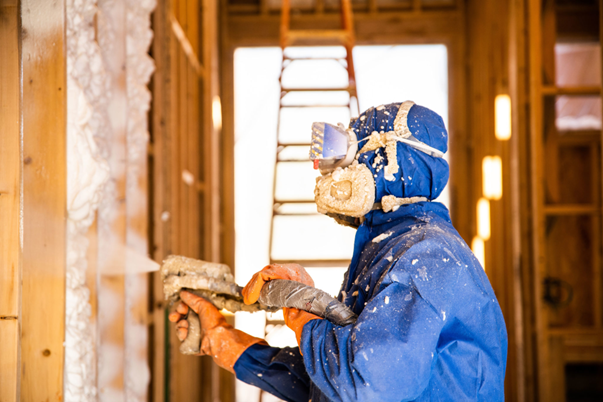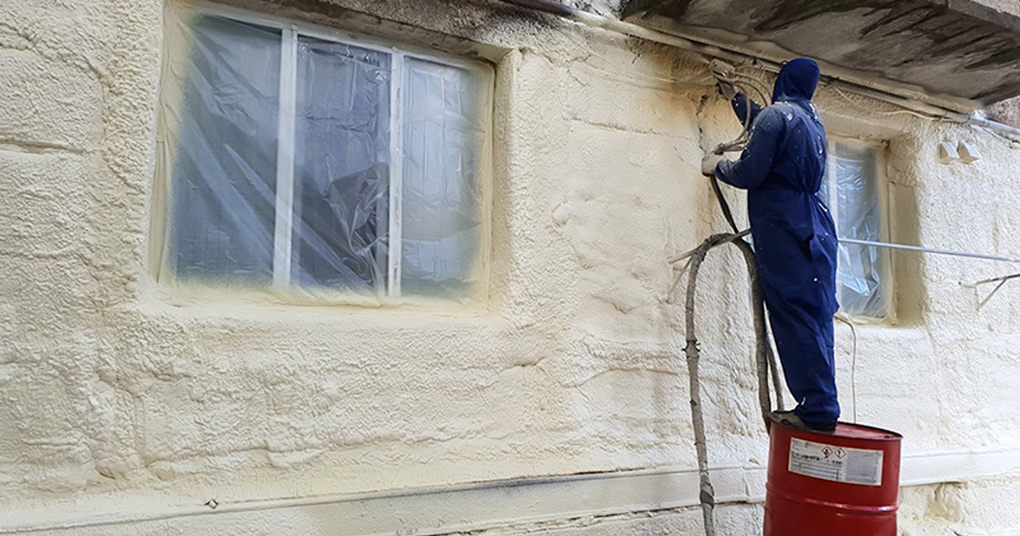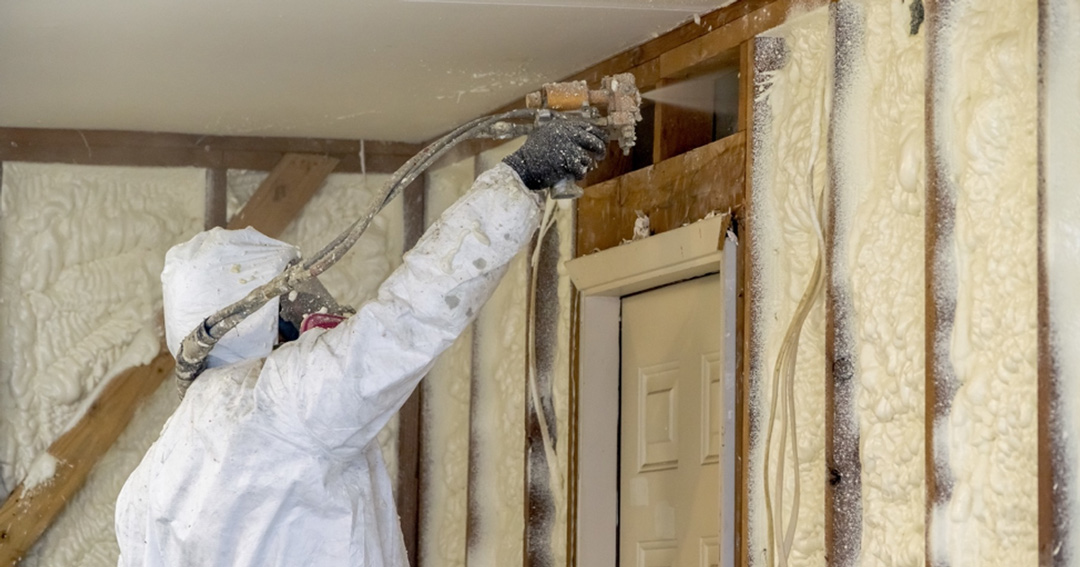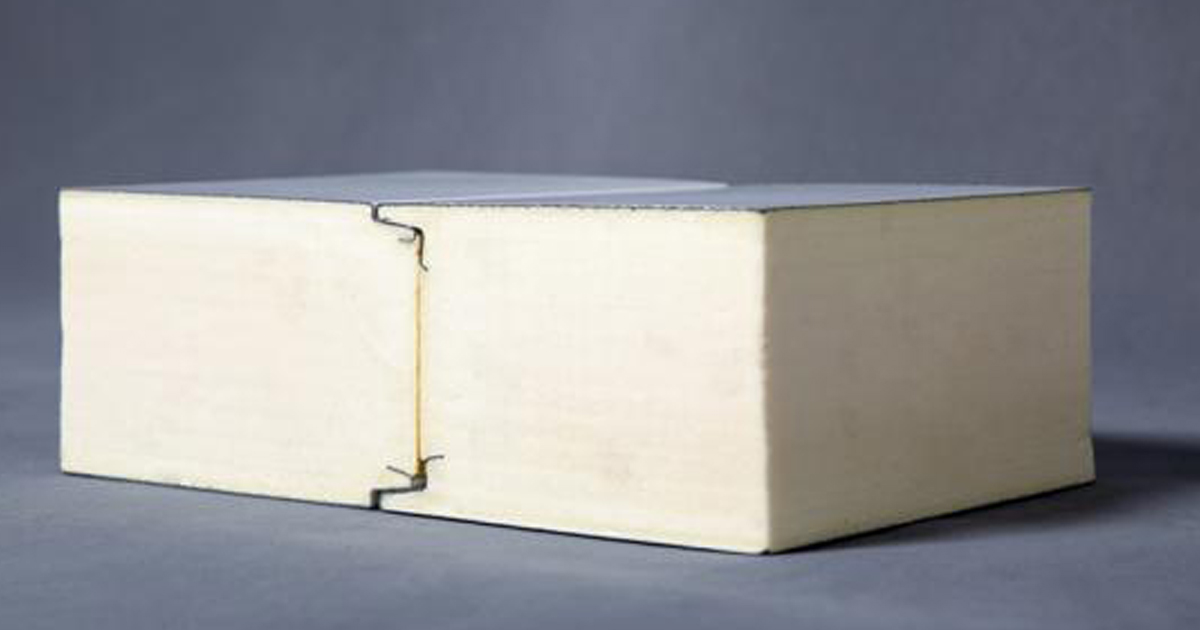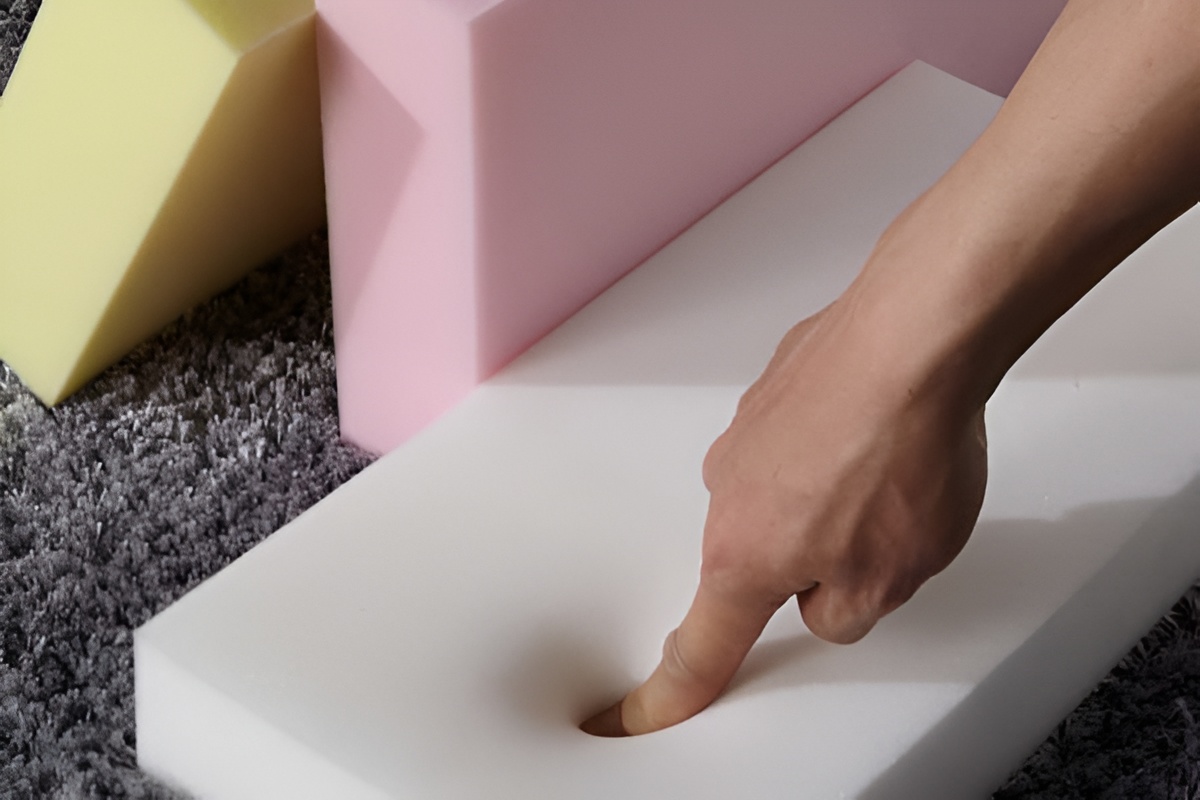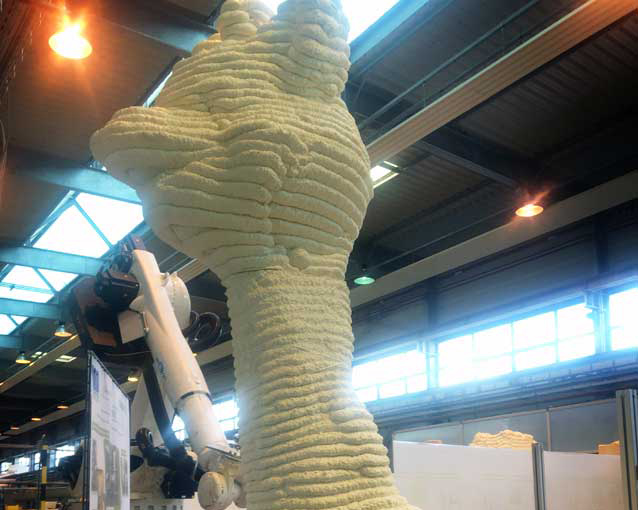Table of contents
Adhesion properties of polyurethane foam and how to measure it
In fact, polyurethane foam was discovered during research on a type of glue; therefore, it generally has good adhesion to various surfaces. Once applied to a surface, the foam adheres to it. However, there are factors that can alter the foam’s adhesion properties and reduce it, such as temperature, surface preparation (presence of contamination, instability, etc.), and the degree of porosity of the substrate. To determine the adhesion properties, the foam is applied to a part of the substrate’s surface, and after the curing process is complete, it is pulled off the surface. The foam should break before detaching from the substrate surface. According to the standard EN 14315-1, the adhesion strength of polyurethane or polyisocyanurate foam to the substrate surface is evaluated perpendicular to the applied forces. This process is carried out according to Annex F. The bond strength should not be less than 20 kPa and can be categorized into three levels based on its value:
It should be noted that the smaller the size of the sample under investigation, the greater the number of test repetitions until the results are reported. According to this standard, the tensile cohesion strength inside the foam structure is also determined.
In addition, in this test, the thickness of the sprayed foam should not be less than 30 millimeters. Also, the temperature should be within the range of 20 ± 2 degrees Celsius, the relative humidity should be 50 ± 5 percent, and the foam should be allowed to cure for a minimum of 24 hours.
On the other hand, one of the advantages of polyurethane spray foam is its ability to increase the strength of structures. After application, the foam expands and hardens in the air. To achieve this (enhancing structural integrity), the foam must have suitable adhesion to the substrate surface.
After sales service
For price inquiries and purchasing liquid polyurethane for polyurethane foam production, please contact Imen Polymer Chemie Company.
Improving polyurethane foam adhesion
To create a suitable bonding between foam and substrate, surfaces must be clean, dry, and free of dust and grease. This adhesion can also be increased according to the need, both physically, by scratching the surface, and chemically, by using a primer. If the substrate surface is metallic, there should be no signs of rust.
Generally, there are several methods to improve this property, including:
- Applying foam on a stable substrate because polyurethane has good adhesion to the primary bonding layer, but if this layer separates easily, the foam will also detach.
- For metal surfaces such as steel, aluminum, etc., the substrate surface must be free of grease, and before applying foam, it should be cleaned using a cleaning agent such as alcohol, and then a non-porous primer should be applied.
- For concrete surfaces, the surface must be thoroughly cleaned using a wire brush.
- For some polymer materials such as polyethylene film, the surface can be heated with a flame to improve adhesion with foam, but for materials like polypropylene or Teflon, good adhesion can never be achieved.
- When applied on wet surfaces or surfaces with dew, separation will occur with the application of polyurethane foam. The less porous the surface is, the more severe the problem will be. As a general rule, the moisture content of the substrate surface should be less than 20%. If the moisture content is higher than this, the foam will not adhere well.
- For unprotected asphalt surfaces, it is recommended to remove the polyethylene layer that causes non-adhesion using flame.
Some of
Polyurethane Products
The effect of temperature on polyurethane foam adhesion
Temperature is one of the most crucial factors that affect the density and adhesion of foam. In order to achieve desirable results, the temperature should be above 16 degrees Celsius. Low temperatures affect the chemical reactions in two ways:- They decrease the rate of chemical reactions.
- The heat of the thin chemical product layer is absorbed by the substrate upon contact.

